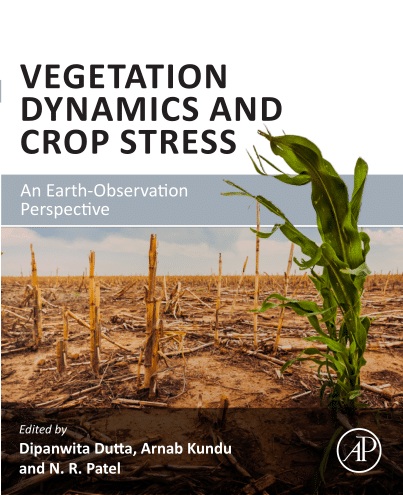The forest transition framework describes the temporal changes of forest areas with economic development. A first phase of forest contraction is followed by a second phase of expansion once a turning point is reached. This framework does not differentiate forest types or ecosystem services, and describes forests regardless of their contribution to human well-being. For several decades, deforestation in many tropical regions has degraded ecosystem services, such as watershed regulation, while increasing provisioning services from agriculture, for example, food. Forest transitions and expansion have been observed in some countries, but their consequences for ecosystem services are often unclear. We analyzed the implications of forest cover change on ecosystem services in Costa Rica, where a forest transition has been suggested. A review of literature and secondary data on forest and ecosystem services in Costa Rica indicated that forest transition might have led to an ecosystem services transition. We modeled and mapped the changes of selected ecosystem services in the upper part of the Reventazón watershed and analyzed how supply changed over time in order to identify possible transitions in ecosystem services. The modeled changes of ecosystem services is similar to the second phase of a forest transition but no turning point was identified, probably because of the limited temporal scope of the analysis. Trends of provisioning and regulating services and their tradeoffs were opposite in different spatial subunits of our study area, which highlights the importance of scale in the analysis of ecosystem services and forest transitions. The ecosystem services transition framework proposed in this study is useful for analyzing the temporal changes of ecosystem services and linking socio-economic drivers to ecosystem services demand at different scales.
Download:
DOI:
https://doi.org/10.1371/journal.pone.0158615
Altmetric score:
Dimensions Citation Count:

























